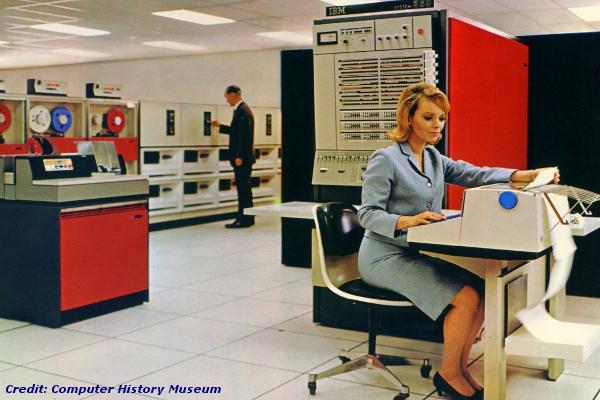
Ever wondered when the first CIOs graced the halls of Australian corporations? Some arrived in the early 1990s with the birth of open systems hardware and the arrival of the first enterprise resource planning (ERP) applications.
“The term CIO came into existence in America in the late 1980s, early 1990s,” says Graeme Philipson, an IT industry veteran and analyst. Philipson was previously co-founder of MIS magazine, which was acquired in late 1999 by Fairfax and eventually closed by the publisher in early 2012.
“The idea was that it [CIO] was a C-level position, the same as the CFOs or COOs, and was meant to reflect the fact that the CIO or senior IT person should be on the board with the same level of influence and seniority as other C-level executives.”
According to Philipson, the new CIO title in the early 1990s didn’t really reflect the change of role and was seen to be a “trendy title” to have. And depending on the organisation, the CIO was often at the same level as the IT manager or MIS manager.
In fact, only 10 per cent of the 4000 IT departments listed in MIS magazine’s database in mid-1990s used the CIO title, Philipson says.
“IT manager was also used quite a bit; in some large organisations, you would have an IT manager reporting into a more senior person who was often called CIO,” says Philipson.
“In practice, the titles were interchangeable – the guy who might be called a CIO in one company, might be called an IT manager elsewhere. The term CIO did not reflect that they were C-level operatives in many cases.”
It seems that in many organisations, nothing has really changed. Even today, many CIOs are still fighting for a seat at the boardroom table as they make the transition from being viewed as a technology boffin to business leader and strategist.
Related: CIOs don’t get a seat at the top table.
Way back then
Perhaps the best way to examine how the modern CIO role has truly evolved is to take a look at who was responsible for driving IT strategy in the early days of computing, before open systems and the Internet.
During the mainframe era of the late 1960s, '70s and '80s, organisations typically employed electronic data processing (EDP) managers and data processing (DP) managers. In government, the term was often automatic data processing (ADP) manager, says Philipson.
“Way back, the IT leader was called the manager of electronic data processing,” says Philipson, adding that in the late '60s, mainframes were “basically super calculators”, and were run by the CFO who was doing most of the number crunching.
“The term ADP was the idea that data processing was automated; you have visions of abacuses and adding machines rather than computers. So ADP preceded EDP, so if you wanted to do a timeline you would go ADP, EDP, DP,” he says.
“It [ADP] held on in government for a bit longer. I remember in the '80s, some government IT managers still being called ADP managers.”
Philipson was selling PCs in the early 1980s and joined Yankee Group as an analyst in 1984 when the concept of end users in an organisation was becoming popular.
“At the beginning of the '80s, no-one had a computer on their desk; by the end of the '80s everyone did, every white collar worker,” he says. “And that’s not an exaggeration; we went from zero penetration to total penetration in business and government, in knowledge and white collar workers within that decade.”
He says that by the early '90s, the term MIS manager was still more common than the relatively new role of CIO.
“The role of MIS was being defined in terms of providing information systems to management. It really did not take into account the concept of the end user,” he says.
Join the CIO Australia group on LinkedIn. The group is open to CIOs, IT Directors, COOs, CTOs and senior IT managers.
